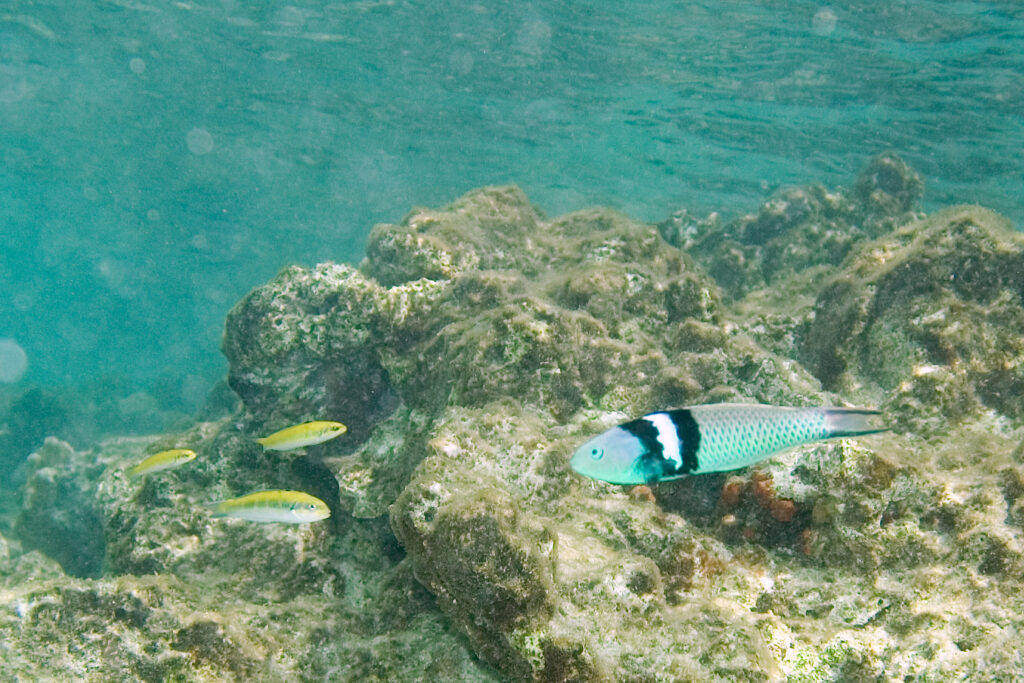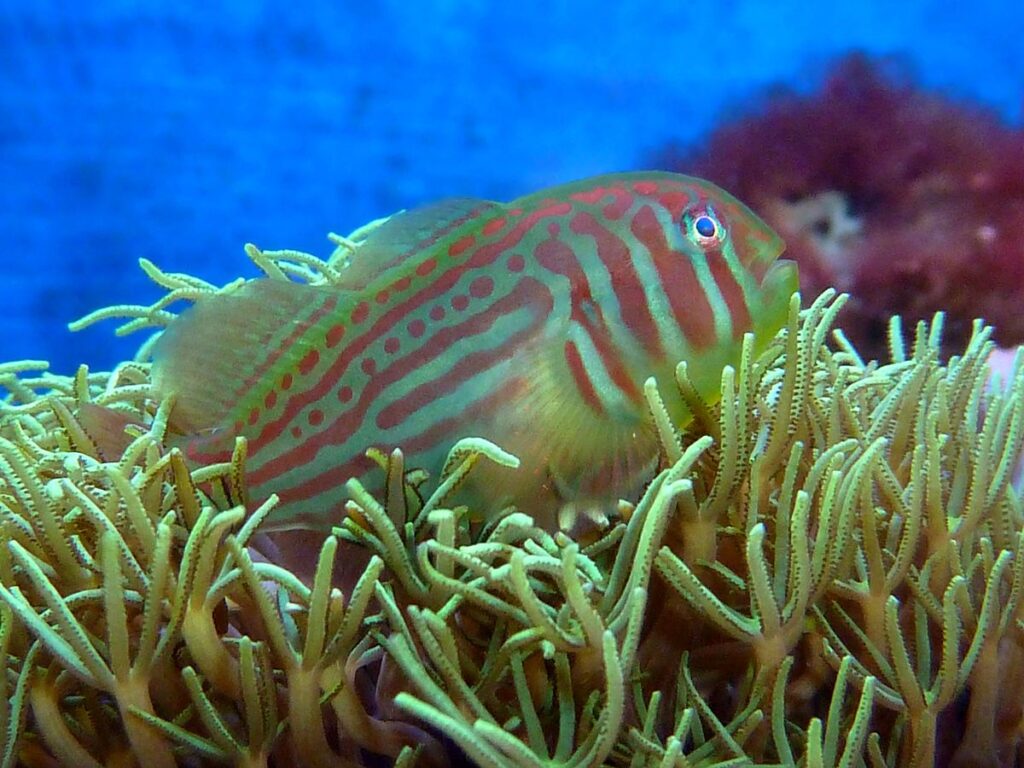Types of Sequential Hermaphroditism
We established in the previous section that through a process called sequential hermaphroditism, some fish are able to naturally change their sex during their lifetimes. This raises a basic question; what kind of changes? Different species change sex with different schemes, but there are three major categories:
Protogyny: Protogynous fish (proto- first, -gyny female) change sex from female to male. These species often have a lek-style mating system, where a large male controls a breeding territory and access to multiple females. These species often begin life as females, with the biggest female changing sex to take up the mantle of a breeding male after the dominant male is no longer present in the habitat.

Protandry: Protandrous fish (prot- first, -andry male) usually begin life as males and change sex to females. This often occurs in species where fish form monogamous breeding relationships, where a large female mates with a smaller subordinate male. In this systems, loss of the female stimulates the subordinate male to change sex to female. Some species may also undergo this change as part of their natural life cycle, where young fish are generally male and change sex to female when they are older.

Bidirectional: Bidirectional hermaphrodites are capable of changing between either sex, sometimes more than once. This is quite rare among sequential hermaphrodites, only being known in 10 species. This fish often live in a single habitat for most of their lives, and in environments where moving between habitats is dangerous. A bidirectional sex system allows any two individuals to form a heterosexual breeding pair. In other words, these fish possess the ability to change their sex to suit their individual situation.

CLICK HERE to continue reading: Evolution of Sexual Systems in Fish
Or navigate using the menu at the top this page